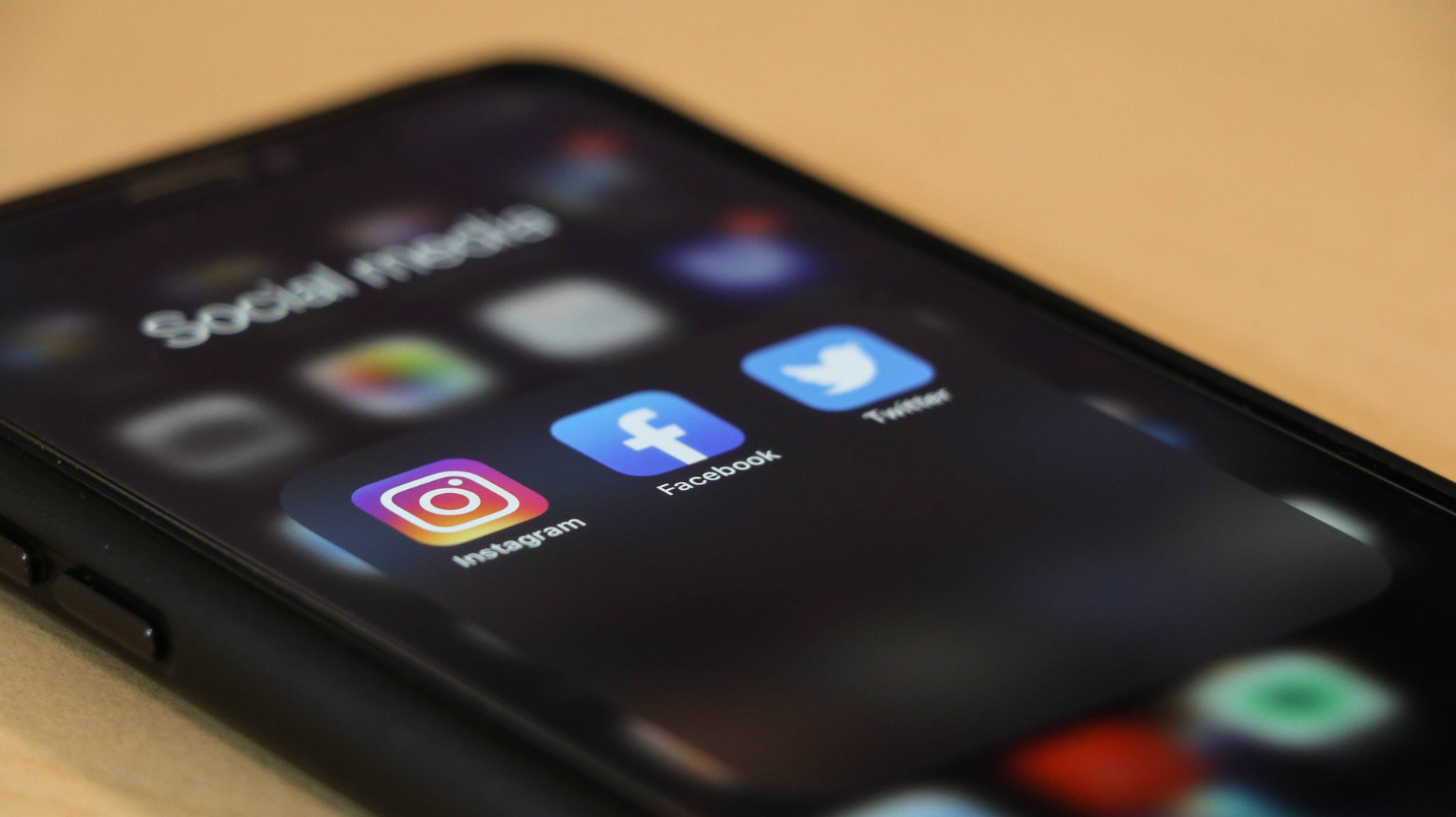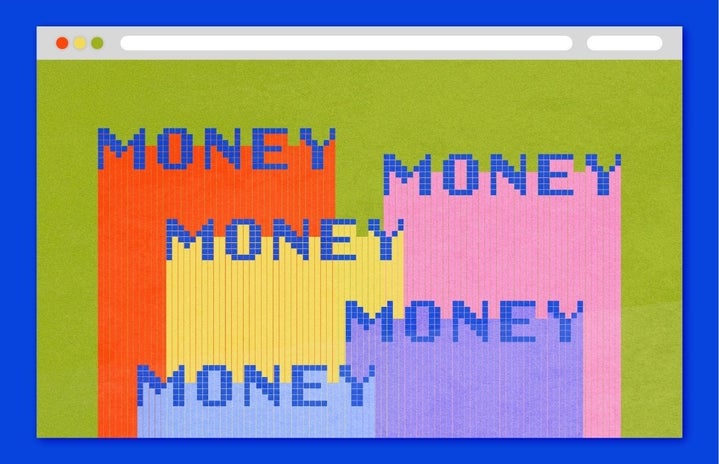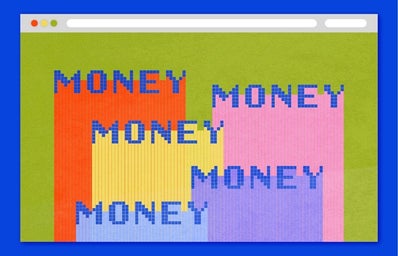I remember the day I downloaded Venmo onto my phone. On one of the first nights out during my freshman year of college, some guy at a random house party asked that my friends and I each throw in a few bucks to cover the cost for our drinks. As I stood there — cashless, yet still feening for a fun Friday night — he recommended that we all get Venmo: an app that I hadn’t heard of before, but that connected to my bank account and would allow me to pay others virtually.
At the time, I didn’t think twice; I went about my night drinking bottom-shelf vodka (definitely wasn’t worth the money that I paid some random guy for) and having fun with my new friends.
Fast forward four years, and Venmo has become an absolute staple in my life.
If you’re anything like me and hardly carry around cash, you’ll likely enjoy the convenience of Venmo. This way, it’s much easier to chip in for a $10 monthly WiFi bill or to pay for my share of drinks that my friends and I put on one tab at the bar.
Plus, Venmo was basically my saving grace when I managed to misplace my entire wallet, leaving me without a credit or debit card for several weeks. Though I hated putting the burden on friends to buy my groceries and other essentials, I was grateful for the ability to reimburse them via Venmo. This app was quite literally the only way of keeping food in my fridge as I waited for my new cards to arrive.
But as much as I love using Venmo, I have to acknowledge the destruction that this app has most definitely caused on my savings account over the past few years.
Whether I lack responsibility or have a mere disinterest in finance, I don’t follow a budget or use apps to manage my personal spending. I’ve been fortunate enough to have a part-time job throughout some of my time in college and have lived comfortably off those paychecks, yet my business major best friends are still appalled by how financially illiterate I am. With Venmo, there’s a subtle danger present: money leaves my bank account more easily than ever, and this money rarely ever feels real.
Convenience turns into conflict

Living in central PA, the fall and winter seasons are often brutally cold. On especially late nights out, there’s no part of me that wants to walk back to my apartment from a bar or friend’s place. For these occasions, my Uber account is conveniently linked up to my Venmo. Without even thinking about the transaction, I’ve already purchased the ride, waited for my Nissan Altima to arrive, and calculated a tip for the driver.
I don’t actively associate this service with money, probably because I don’t even have to go into the Venmo app or do any action with my credit cards in the process. In addition to Uber, I’ve linked my Venmo to food delivery services like GrubHub and DoorDash, and have even paid for drinks at numerous bars on this app.
All of this convenience seems to come at a cost, though.
A few years after the app launched, opinionated news website Splinter News posted an article in 2015 about the psychology behind using payment apps. In this piece, writer Alice Robb proposed that Venmo goes beyond providing convenience, but that it also encourages more careless behavior when it comes to spending.
Especially after a night out with friends, things like late-night pizza and Uber-ing become more desirable than usual. Venmo just adds fuel to the fire in making impulsive decisions I want, and it’s always at the expense of my bank account. I’m comfortable with ditching my budget here and there, but it has a way of adding up and feeling real once the hangover hits.
Social pressure

My friends think I’m joking when I tell them that Venmo is one of my favorite forms of social media.
It’s no secret that Venmo’s main feed shows transactions that have been made between users. You can enable privacy settings that limit who sees the payments you’ve made, but I get some sort of enjoyment out of seeing what other people are buying or who they’re buying from. I feel odd and even embarrassed to admit it, but I’ve noticed that a public Venmo profile can tell you a lot about a person.
So when I see that some of my friends have paid each other for covers at a bar, an Airbnb for a weekend trip, or even just meals at a restaurant, I feel obligated to be doing the same, or at least something similar. It’s crazy to believe that I’d let the FOMO that I get from using this app influence my spending behaviors, but I’d be lying if I said that scrolling through Venmo has never convinced me to spend money on something that was completely unnecessary.
Did I need to go out on a Wednesday night? No. Did I need to order takeout when I have a fully stocked fridge within my reach? Also no. Did I abandon all prior common sense and do these things anyway because I saw my friends paying each other for wine and pizza? Of course.
Even though social comparison might be more prevalent on traditional social media platforms like Instagram and Facebook, I think the experience can still exist for Venmo too.
No concept of real money

I wince every month when I receive an email from Venmo recapping the past 30 days or so worth of transactions. If I’m being honest, it’s not often that I actually open these messages, out of pure fear in realizing how much I’ve spent or paid for throughout the month.
Unlike many of my friends, I don’t like to let my Venmo balance — referring to funds that remain after accepting a money transfer from someone else — sit in my account on the app. I’m eager to replenish my bank account in any way possible, even if the contribution is only $5. This tendency, though, means that the money I send out to others is almost always coming straight out of the bank.
And how often do I log into my personal banking account to check the balance? As you may have suspected, it’s not as often as I’d like to admit. So each time that I go to Venmo someone, I have very little concept of how my bank account total is being affected overall.
An additional observation that I’ve made about Venmo is that these transactions don’t feel like they’re driven by real money. Especially for those that let funds accumulate within the app, having very few Venmo withdrawals show up in a bank statement could make it seem like the money never existed in the first place.
Another point made in the Splinter article was that initiating a transfer on Venmo can feel more like talking to friends than pulling out cash or paying with a card. I’ve found that the social element often distracts from the actual act and conscious thought of losing money. In fact, one of my favorite parts of using Venmo is writing captions for transactions between my friends, as these descriptions commonly refer to funny stories or inside jokes. I’m not encouraged to think about the consequences of spending this way, so this behavior naturally occurs more frequently.
You may be thinking that a lot of my problems would be solved and fears put to rest if I just took the time to educate myself on basic finance. I realize that I can’t live so recklessly forever (unless I actually want to go broke), but as a senior in college, I don’t expect my habits to change within these final few months. Until my adulthood feels official and real-world responsibilities are unavoidable, I see no other realistic option than to continue embracing my love/hate relationship with Venmo.


